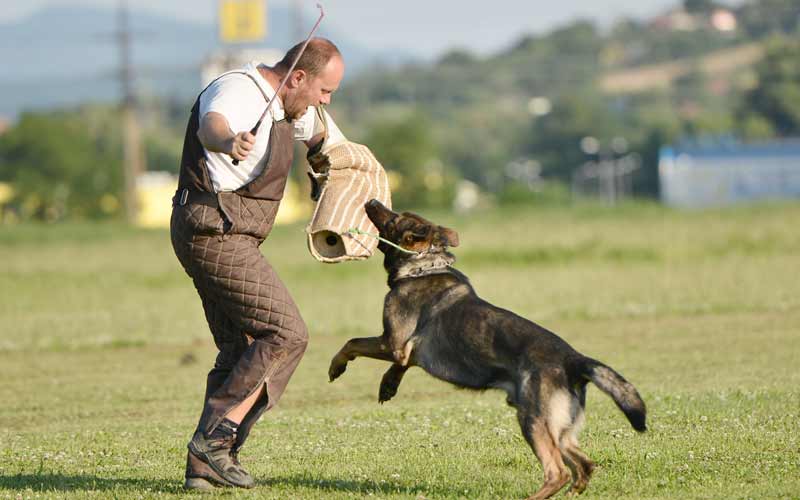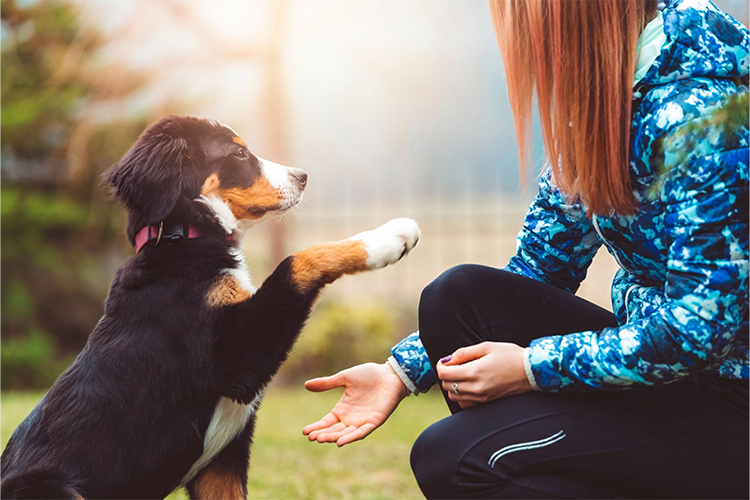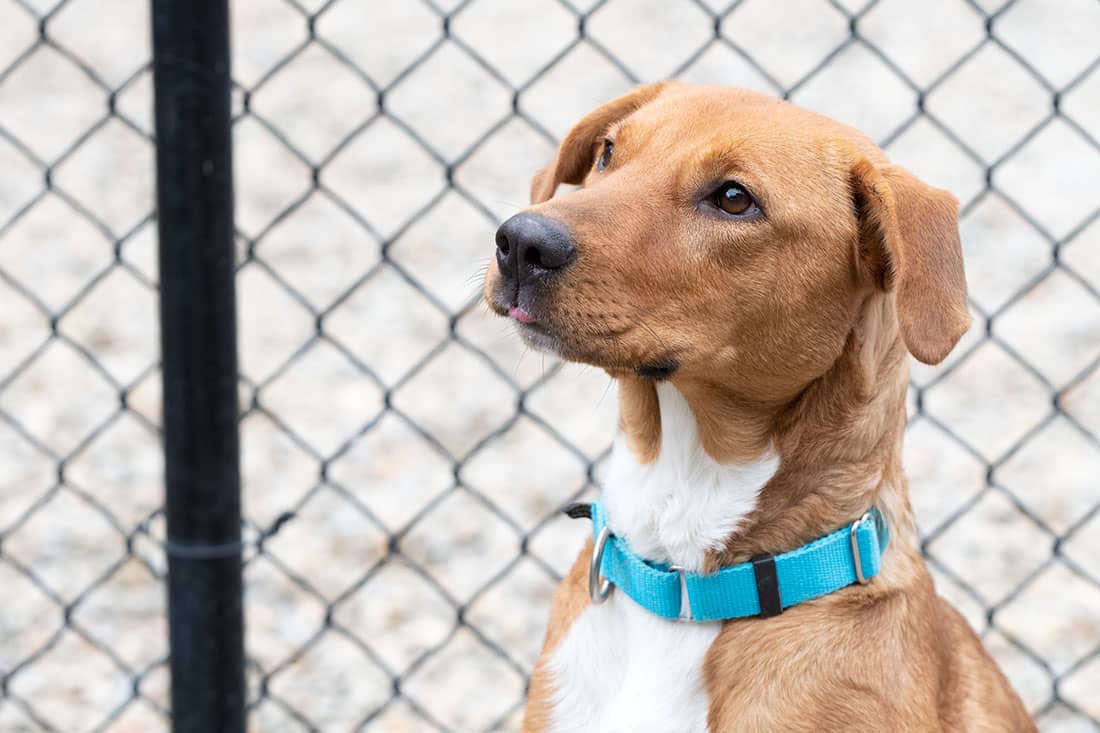Fun Activities to Enhance Your Dog Training Experience
Fun Activities to Enhance Your Dog Training Experience
Blog Article
Vital Tips for Successful Dog Training: An Overview for Animal Owners
Efficient dog training is a complex process that requires a critical technique tailored to both the family pet's character and the proprietor's goals. Understanding just how to navigate these barriers can considerably boost the training experience, eventually transforming the connection between owner and dog.
Comprehending Dog Habits
Understanding pet dog behavior is necessary for effective training and cultivating a harmonious connection in between canines and their proprietors. Dogs connect primarily with body movement, vocalizations, and activities, making it crucial for proprietors to analyze these signals accurately. Identifying a dog's position, tail placement, and ear orientation can supply understandings right into its mood. A wagging tail does not constantly indicate joy; it can also signal enjoyment or stress and anxiety.

Socializing plays a substantial duty in pet dog habits; exposure to various settings, individuals, and other animals can significantly influence a pet dog's character. Additionally, factors such as type attributes and specific character ought to lead training approaches, as some types may have certain behavioral characteristics that demand tailored approaches. By recognizing these aspects, proprietors can produce a supportive atmosphere that encourages favorable behavior, causing successful training end results and a deeper bond with their family pets.
Establishing Constant Commands
Effective communication with your pet begins with developing consistent commands. This fundamental component of training is vital for fostering understanding between you and your pet dog. Consistency in the commands you utilize ensures that your pet dog can accurately associate certain words or expressions with the desired habits.
When picking commands, choose clear, unique words that are very easy to set apart and say from each other. Prevent making use of similar-sounding commands that may confuse your pet dog. For instance, using "sit" and "stay" is proper, yet "sit" and "hit" might cause misconceptions.
In addition, keep the same tone and volume for every command. Pet dogs are delicate to singing signs, so varying your tone can create confusion.
It is similarly essential to guarantee that all relative are on the same web page pertaining to the commands utilized. A united front in command usage will certainly stop mixed signals and enhance the discovering process.
Favorable Support Techniques
The power of favorable reinforcement in dog training hinges on its ability to encourage wanted habits via benefits and praise. This strategy is grounded in the concept that behaviors adhered to by positive outcomes are extra likely to be duplicated. By integrating favorable reinforcement right into your training program, you can properly shape your pet's habits in a positive way.
To apply positive support, it's necessary to recognize what motivates your pet, whether it be treats, playthings, or spoken praise. When your pet dog performs a preferred activity, such as resting on command, promptly reward them with a treat or love. This association between the command and the favorable outcome strengthens their understanding.
It's critical to timing the benefits properly; delivering the support within seconds of the wanted behavior helps your pet dog make the connection (dog training). In addition, consistency is crucial-- ensure that all member of the family make use of the very same commands and reward systems to prevent complication

Progressively, you can decrease the frequency of treats as your pet dog finds out the behavior, transitioning to applaud or recurring incentives. This method not only cultivates a strong bond between you and your pet dog yet also promotes a favorable understanding atmosphere, making educating an enjoyable experience for both.
Socialization and Communication
Constantly revealing your pet to a selection of settings, individuals, and various other pets is critical for their social growth. Socialization ought to begin early, ideally during the crucial window of 3 to 14 weeks, when puppies are most responsive to brand-new experiences. Nonetheless, older dogs can additionally take advantage of recurring socializing efforts.
Present your pet dog to different settings, such as parks, pet-friendly shops, and city locations. This exposure helps them adapt to numerous stimulations, decreasing anxiety and fear responses. Urge favorable interactions with other pets and individuals, guaranteeing that these experiences are secure and regulated to cultivate self-confidence.
Use structured playdates with genteel canines, as this can boost your pet dog's social skills and show them suitable actions. Obedience i thought about this classes and training sessions additionally provide superb chances for socializing, allowing your pet to communicate with others in a monitored environment.
Screen your pet's body language throughout interactions, as this will aid you evaluate their convenience degree. Gradually boost direct exposure recommended you read to more tough situations while making sure that each experience is positive. A well-socialized canine is most likely to display well balanced actions, making them a delight to have in any type of setup.
Addressing Typical Training Difficulties
Every pet owner will come across training obstacles at some point, regardless of their canine's age or socializing degree. Recognizing common issues such as stubbornness, diversions, and terror can aid in creating effective techniques for enhancement.

Gradually introduce distractions as the pet comes to be extra skillful in commands. Short, constant training sessions are likewise effective in maintaining focus.
Terror can impede a canine's learning procedure. Progressive desensitization to the source of fear, coupled with favorable reinforcement, can help alleviate anxiousness. Persistence he has a good point is essential; never compel a canine into a scenario that triggers distress, as this may aggravate the problem.
Ultimately, understanding and resolving these typical challenges with an organized method will certainly promote a more effective training experience, strengthening the bond in between canine and proprietor while promoting reliable knowing.
Conclusion
In recap, successful dog training depends on a comprehensive understanding of canine actions, the establishment of regular commands, and the application of positive support techniques. Socialization plays a crucial function in creating well-adjusted animals, while resolving typical training obstacles requires persistence and flexibility. By executing these crucial techniques, pet dog owners can promote a solid bond with their dogs and promote desirable actions, ultimately resulting in an unified partnership between people and their canine friends.
Comprehending pet dog habits is vital for reliable training and fostering a harmonious partnership in between dogs and their proprietors.Socializing plays a significant role in pet dog actions; direct exposure to numerous environments, people, and other animals can substantially influence a dog's temperament.The power of positive reinforcement in canine training lies in its capability to motivate preferred habits with benefits and praise. By including positive support right into your training regimen, you can successfully shape your canine's actions in a constructive manner.
In summary, effective pet training depends on a comprehensive understanding of canine behavior, the facility of consistent commands, and the application of positive support techniques.
Report this page